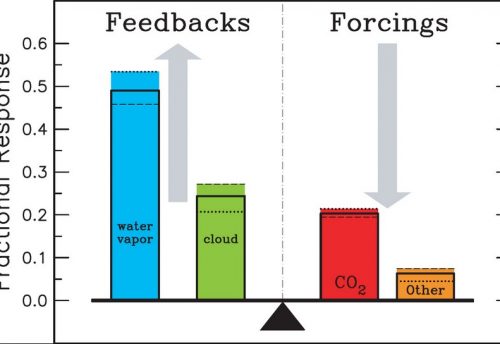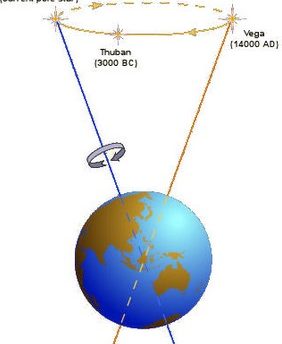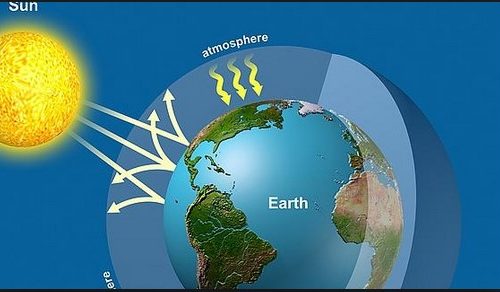Increased global cloudiness, as for increased global evaporation and precipitation, would be an expected consequence of higher global temperatures. Annual mean cloudiness has been found to have increased over Europe (6% / 80 years), Australia (8% / 80 years), the Indian sub-continent (7% / 50 years) and North America (10% / 90 years) (Henderson-Sellers, 1986, 1989). There is some suggestion that these values may represent over-estimates, due to a change in recording practices during the late 1940s and early 1950s, and the obscuring effects of smoke, haze, dust and fog (Karl & Steurer, 1990). When cloudiness over the oceans is also considered (Warren, 1988), it is not possible to be confident that average global cloudiness has really increased. You might be interested in reading something very popular about the effects of global warming and climate change.
Other climatic variables that can be considered include sub-surface ocean temperatures and salinity variations, atmospheric moisture, and climate variability and extremes, including droughts, floods and cyclones. A discussion of their variations is provided in IPCC (1990).




Leave a Reply